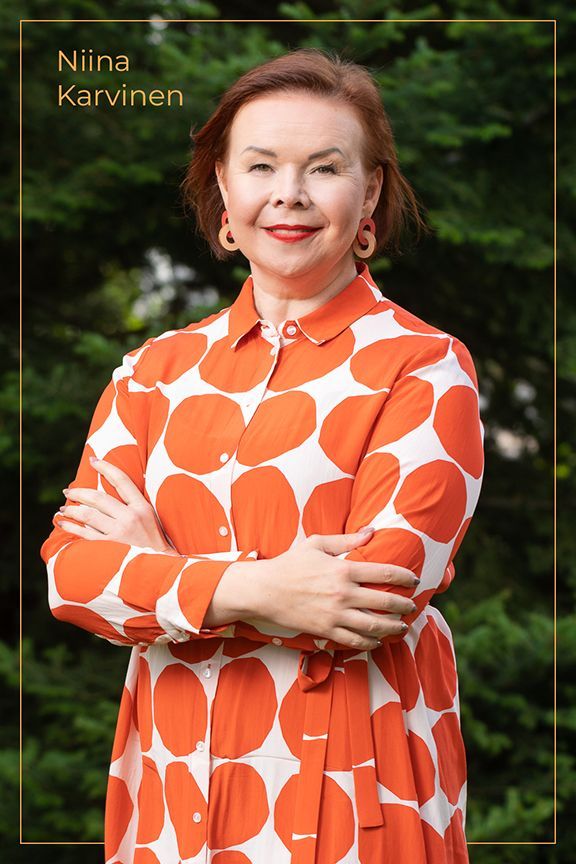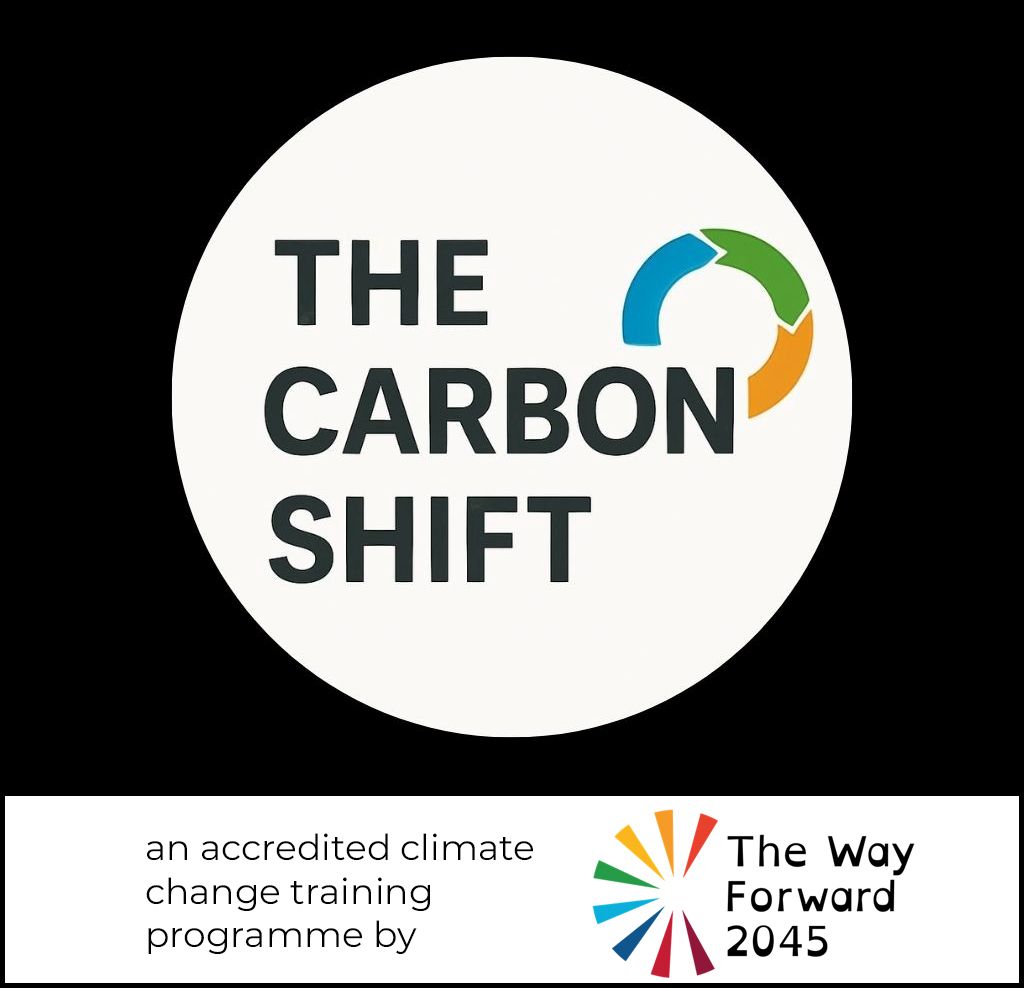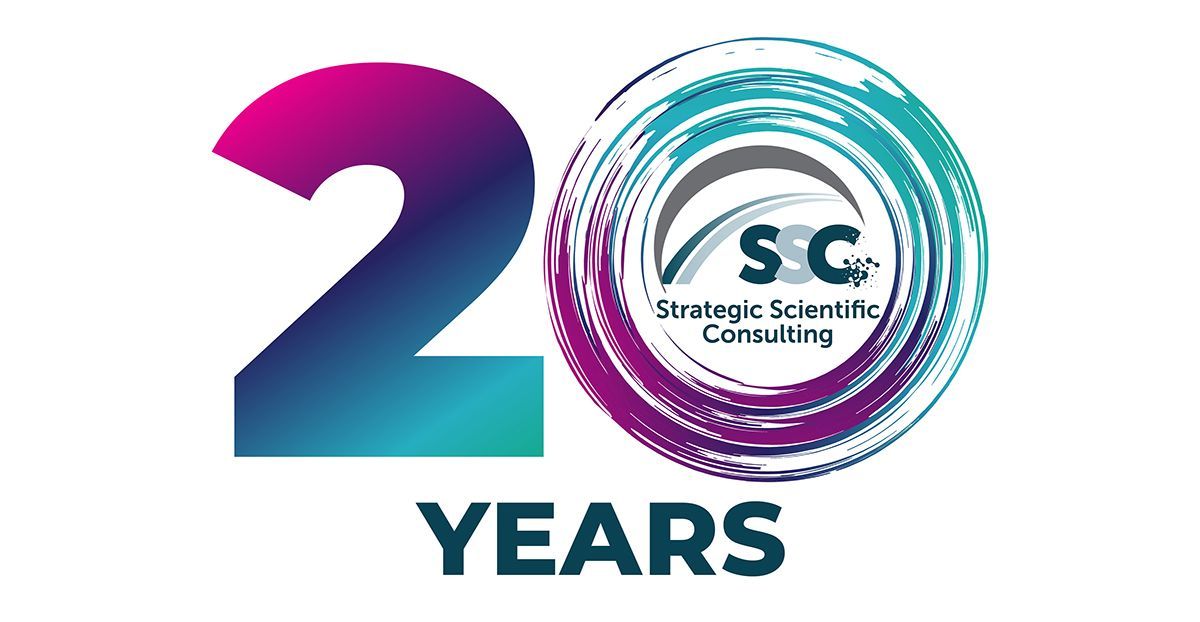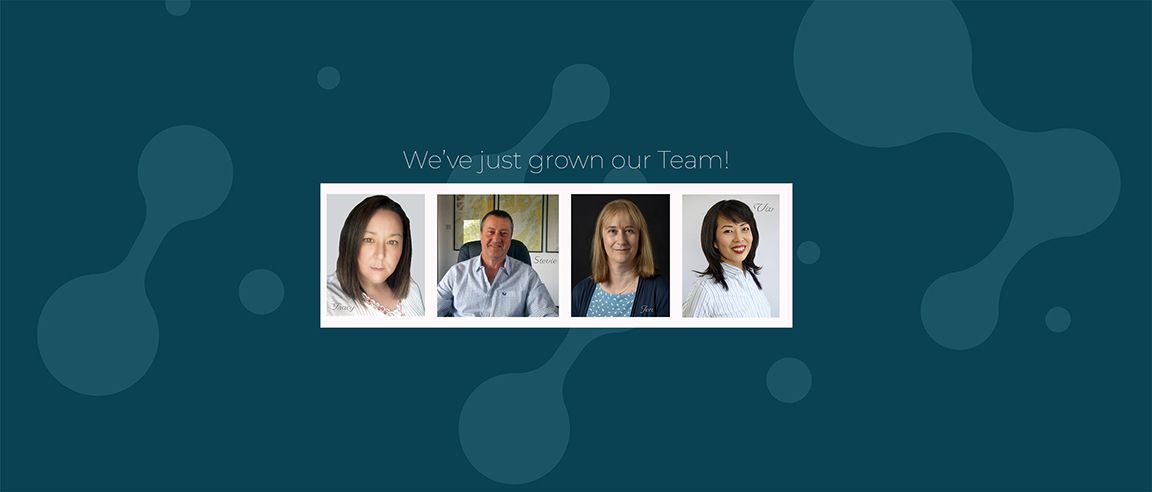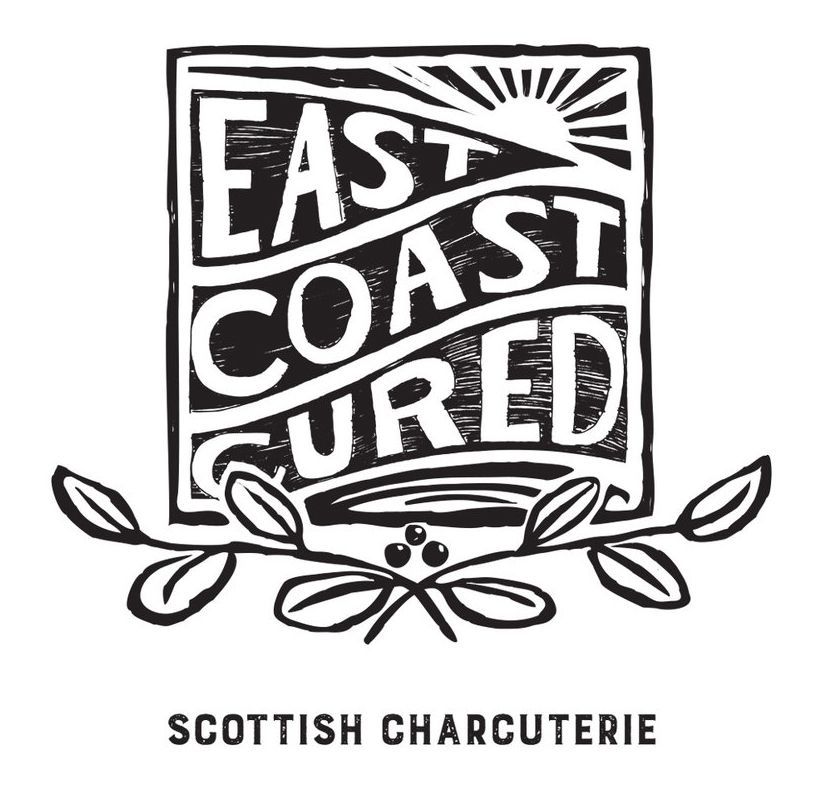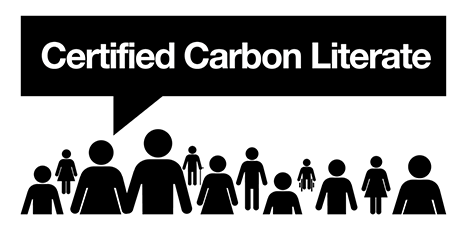Grant Applications – an Assessors Point of View
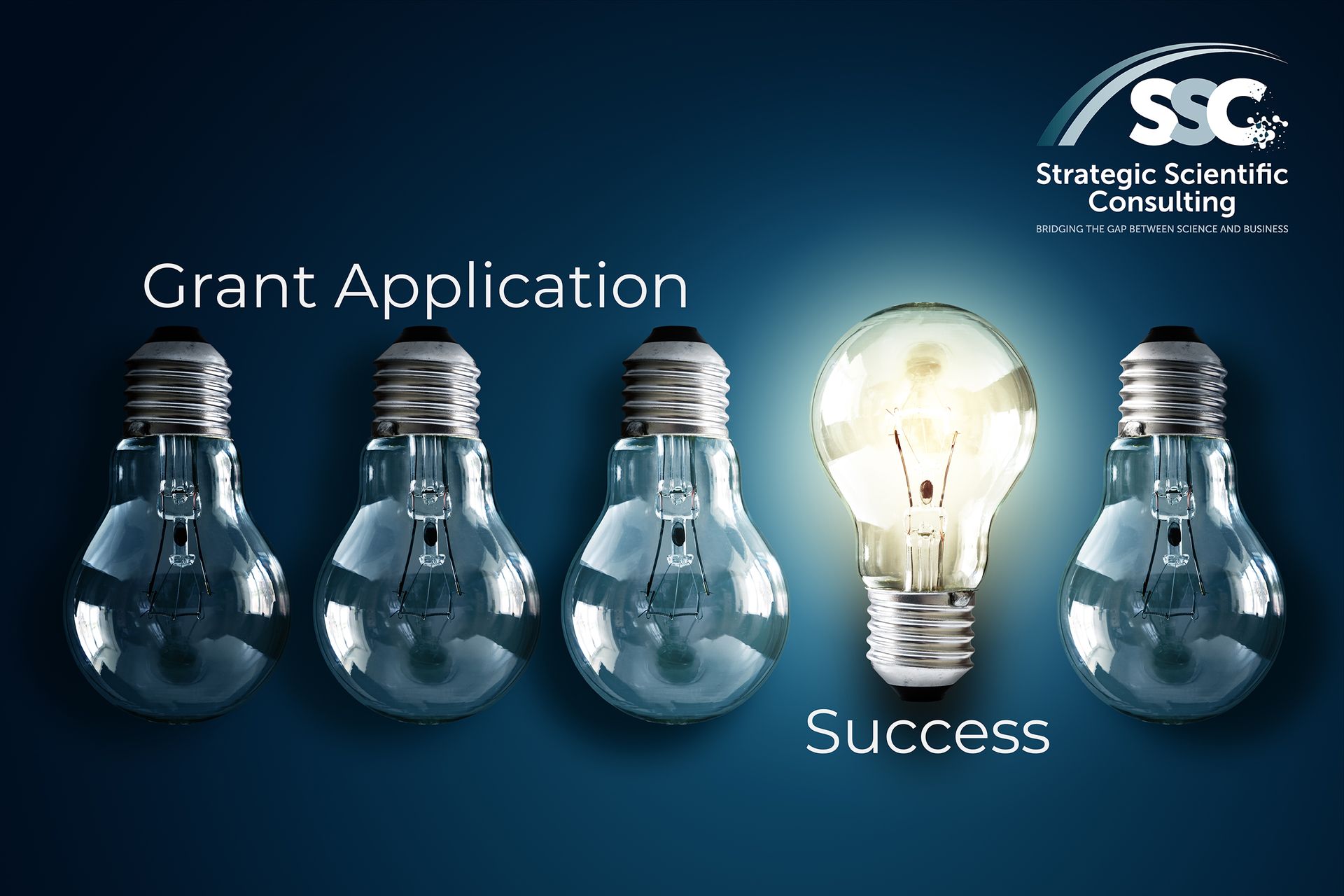
Applying for grant funding is highly competitive and an application requires time and effort to get it right. Success relies heavily on the views of the assessors so giving some thought to what they are looking for can help to get the right outcome.
It scarcely needs saying but before embarking on writing a funding application it is crucial that you select the right scheme or competition. It doesn’t matter how excellent your idea and proposal is if it does not align with the funding scope. It will simply get rejected by the assessors. So spend some time reading the guidance and don’t forget to make full use of any FAQ/helpdesk service provided.
It’s important to remember that assessors are unlikely to be experts in your specific market or technology so don’t leave anything to guesswork and make sure you reference the terms used in the scheme’s guidance and try to avoid acronyms and highly technical language. Above all, keep it concise and simple as they will have a lot of applications to trawl through!
Assuming you have identified the right scheme for your proposal, the next step is to think through the best way to present your case for support. Remember the importance of a good first impression - those first few sentences are critical, so you need to make them interesting and exciting to the assessor to create positive momentum for the rest of the application.
The heart of any business case must focus on how you will make money from the market opportunity identified. There is an increasing expectation with most schemes to show detailed market research and to have established initial contacts with potential customers. A good tip therefore is to avoid starting by trying to explain how great your idea is or how clever the technology is, but to describe the market need you are targeting and how it will be addressed by your proposal.
The assessor is looking to see whether you understand the potential market for your proposal. The best applications use current market data references and describe the wider picture before focusing on the market share expected for the specific idea. The dynamics of the market are also important: Is it growing? How fast? What trends affect it? What is the competition? What are the barriers to entry? The assessor will want to understand your strategy to access the market to see if this is realistic. If you cannot explain how your product will be made, who will retail it and your sales or service model you may struggle. You should be upfront about any legislation or regulatory issues, current or forthcoming, that may affect your ability to access a market. Don’t claim too much – the assessor knows what is realistic. A badly defined market opportunity can come undone at this point.
People don’t generally buy technology but rather what technology does for them, so even the most exciting idea or cutting-edge technology will fail if potential customers see no benefit or are not able to use it effectively. The assessor will be keen to understand who your target customers or end users are, whether your product or service meets their aspirations and whether it is easy to adopt. Applications can often fall down by not demonstrating that they have engaged with likely customers or manufacturers. Remember that the route to market and exploitation are as important as the product/service being developed. The assessor wants to understand if the applicant has the skills, experience, resources and facilities to carry out the project AND to exploit the results themselves.
For most grant schemes, you are seeking public funds for your project, so the assessor will want to see if the investment of public funds is value for money. You will need to explain why you can’t afford it and then show why commercial finance isn’t available. The kind of answer that assessors are looking for here usually relates to risk: i.e. it is too risky for commercial investors hence grant funding could help to get through this stage of development or there is a need to reduce the time to market in order to get there ahead of competitors.
Applications that do well don’t just state the commercial benefits of the idea but emphasise how others could benefit including any project partners and stakeholders outside the project. Given that grants will usually involve public funds, other categories should include the economic, social and environmental benefits. It is important to demonstrate that the project will be helping more than just the applicant and to explain how this can be achieved by your business strategy. Don’t ignore the potential negative impacts. These should be identified and mitigation described because if the assessor judges that your project is potentially damaging, and you haven’t considered this, it will be taken negatively.
Providing a credible delivery plan is crucial. The assessor wants to understand the technical approach but while they will generally be knowledgeable in your sector, you should not assume they will be familiar with all the technical aspects. Avoid jargon and acronyms and break down the project into key work packages and milestones. Essentially, preparing the delivery plan shouldn’t be any different to your own project plans. The assessor is looking to see if the plan is realistic, whether there is sufficient resource (and where it is coming from) and that there is good management in place. They will have considerable project management experience so make sure these aspects are clear and it all adds up!
Lastly, it is important to undertake a complete risk assessment across all the areas listed in guidelines and describe the mitigation you will follow to minimize and control the risk for each. Remember risk is not a bad thing and is often integral to any innovation. The natural instinct is to play down the risk in order to convince the assessors that it will succeed and therefore must be supported. However, low risk ratings could well convince the assessor that this does not need funding (why would you need funds to help de-risk a project if these are so low) and also raise questions in the assessor’s mind about whether the applicant understands the risks being taken. Of course, there are both “good” and “bad” risks. A good “risk” might be that you are not sure if the innovation will work and your mitigation is to have a great team and the right resources. “Bad” risks would include poor management, lack of required skills or experience, poorly defined route to market etc.
Original Published: 7 Jan 2022



